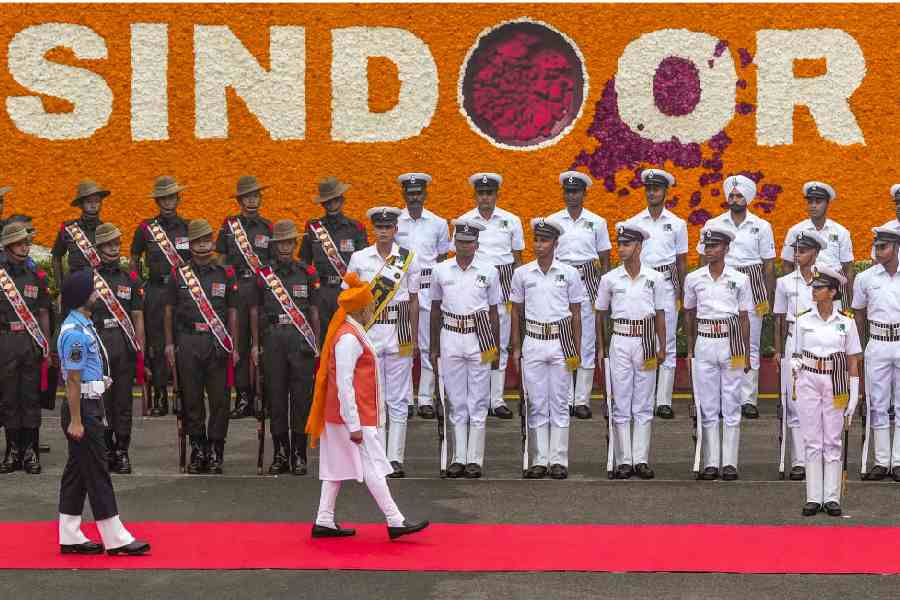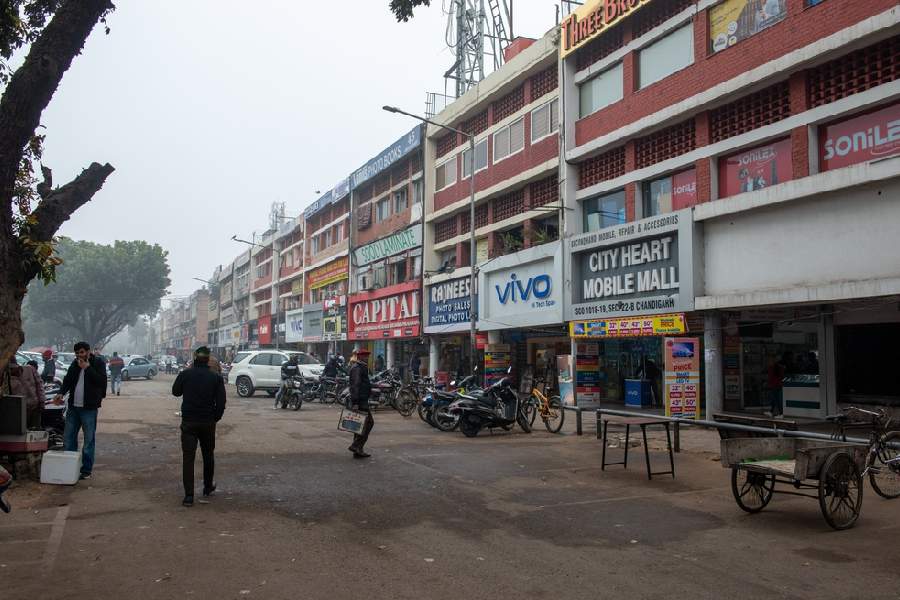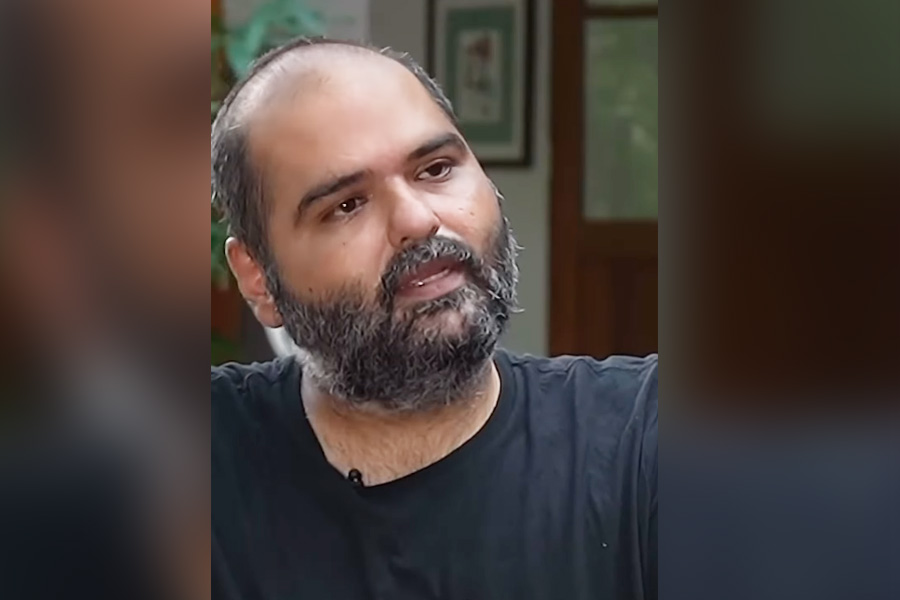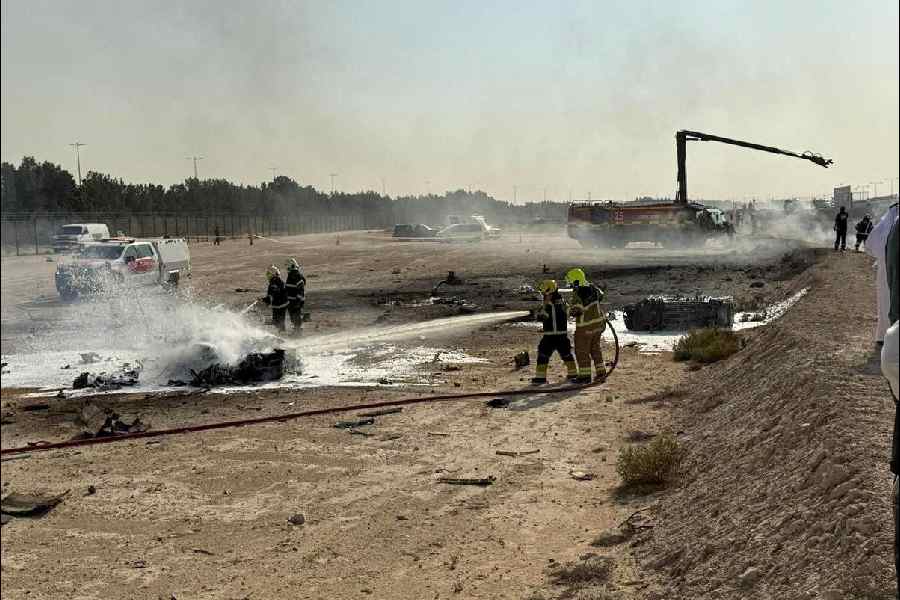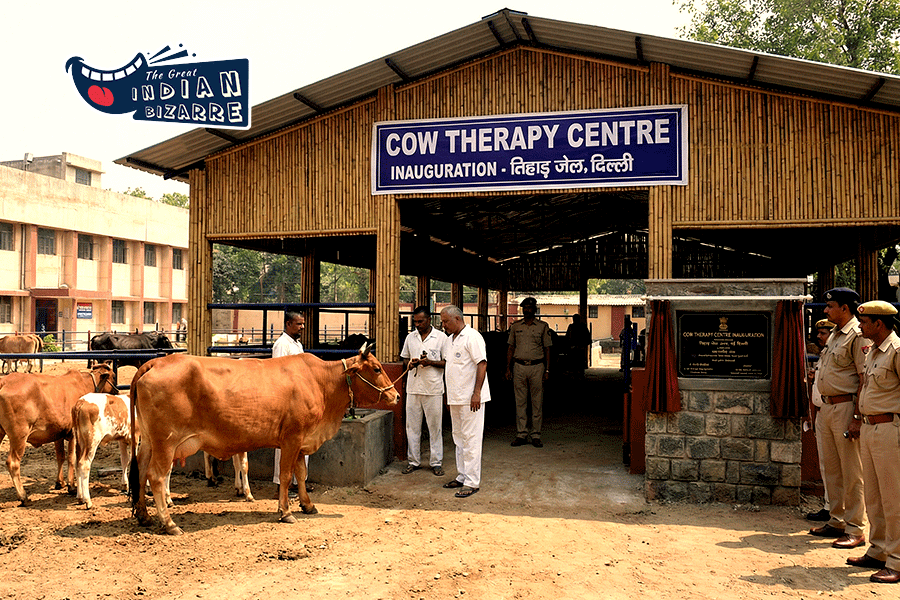On Pakistan’s Independence Day, President Asif Ali Zardari distributed military honours with the enthusiasm of a carnival barker. Field Marshal Asim Munir, the army chief, received the Hilal-e-Jur’at. Air Chief Marshal Zaheer Ahmad Babar Sidhu was awarded the Hilal-e-Imtiaz. The Chairman of the Joint Chiefs of Staff Committee, the naval chief, and the chief of the Inter-Services Intelligence received top honours as well. Even politicians, including the deputy prime minister, Ishaq Dar, the defence minister, Khawaja Asif, and the information minister, Attaullah Tarar, were given the Nishan-e-Imtiaz. In total, around 500 military personnel received awards: eight Sitara-e-Jurats, five Tamgha-i-Jurats, 24 Sitara-e-Basalats, 45 Tamgha-i-Basalats, 146 Imtiaz-i-Asnads, and 259 COAS Commendation Cards.
This Pakistani medal bounty was laughable, but what followed in India a day later was very concerning, though not as ridiculous. For Operation Sindoor alone, India announced 127 gallantry medals and 40 distinguished service awards. Seven senior officers received the rare Sarvottam Yudh Seva Medal, which had been awarded so far only three times since its institution in 1980. Nine IAF officers received the Vir Chakra. For a military operation that lasted barely four days, with minimal ground troop involvement, the number of gallantry awards seems surprisingly high.
“It is with such baubles that men are led,” Napoleon Bonaparte once observed. “The people clamour for distinction. We must nourish that feeling.” Modern professional militaries operate very differently from Napoleon’s conscript forces that charged enemy positions under fire. Today’s soldiers are highly trained, technically-skilled professionals operating sophisticated systems like the S-400 missile defence, which can engage enemy targets at 400 kilometres. Top gallantry awards are not participation trophies; they are meant to recognise acts that go above and beyond the call of duty. Surely, many on the list of awards performed such acts during Operation Sindoor. Yet, if the currency of courage becomes debased when genuine acts of extraordinary bravery are equated with routine operational duties, then it devalues the award and its deserving recipients.
More troubling than the excess of awards is the calculated silence of Prime Minister Narendra Modi on those who paid the ultimate price. While he praised Operation Sindoor from the Red Fort, saluting “brave warriors” and claiming they “punished enemies beyond imagination”, he conspicuously avoided mentioning the fallen soldiers by name or acknowledging their families. “They could not cause even the slightest damage,” Modi declared about Pakistan in his speech, though at least one Indian airman is known to have died in Pakistani attacks on Indian air bases. This was not an oversight. Acknowledging specific casualties would invite scrutiny of the operational planning and the political constraints imposed on the military.
The country still does not know the final casualty figures from Operation Sindoor as they perhaps remain classified. This is unprecedented in independent India. In all earlier instances, such as the 1999 Kargil war or the clash with Chinese soldiers in Galwan, figures of dead and injured soldiers had been publicly disclosed. At least 13 Indian civilians were killed and 59 injured in Pakistani shelling during Operation Sindoor; yet these deaths earned no mention in Modi’s address. The families of these victims, like those of military casualties, remain unacknowledged shadows in Modi’s narrative of triumphant nationalism. Wars involved losses and hiding them when, by most accounts, India had bested Pakistan is self-defeating. Is this also part of the supposed new doctrine?
For the first time in India’s military history, citations were not released for gallantry awards except by the Border Security Force. Previously, the armed forces routinely published detailed accounts of brave acts, protecting operational security while highlighting individual heroism. The BSF has described how its personnel “destroyed enemy surveillance cameras” and “neutralised drone attacks”. But the army, navy, and air force remained mute about their awardees’ specific acts of valour. Why this unprecedented departure from tradition?
The uncomfortable answer is political. The Modi government wants to project strength through a high number of gallantry awards while avoiding scrutiny of casualties and factual details. For example, details of IAF fighter jet losses on the first night or the damage caused by Pakistani attacks on Indian air bases have not been explained. None of this is a secret. The chief of defence staff, General Anil Chauhan, had acknowledged IAF losses in a Bloomberg interview in Singapore. In a speech in Bengaluru earlier this month, the IAF chief mentioned that three airbases took the brunt of Pakistani strikes. The IAF chief visited the home of Sergeant Surendra Kumar in Rajasthan who was killed in a Pakistani strike near Udhampur. He also visited the Artificial Limb Centre in Pune to meet Corporal Varun Kumar, who lost a limb in the same attack. These personal visits by the IAF chief reveal what Modi’s bombastic speeches concealed.
The contrast with historical practice is stark. Past governments, despite flaws, maintained transparency about military casualties and published detailed citations for gallantry awards. This was not only military tradition, but a principle of democratic accountability. Citizens have the right to know what their soldiers did and sacrificed and they should be able to hold political leaders accountable for their decisions. The Modi government has abandoned this principle, opting instead for manufactured heroic narratives that conveniently omit inconvenient facts.
Modi’s broader political methodology favours spectacle over substance, symbolism over sacrifice. The Red Fort was decorated with Operation Sindoor themes and the air force staged a special flypast with the operation’s logo. These theatrical displays serve to mythologise military action while obscuring other dimensions — particularly political control and strategic decision-making. By flooding the zone with awards while maintaining silence on uncomfortable details, the government creates an impression of overwhelming success without accountability.
The real tragedy is that genuine acts of valour risk being diminished by this profusion of gallantry awards and silence on sacrifice. True military heroism is at risk of being subsumed by political propaganda. The brave soldiers who performed extraordinary acts beyond the call of duty during Operation Sindoor deserve better than to be props in Modi’s theatre of manufactured glory. With his Independence Day speech, the prime minister has done a disservice to genuine military excellence while dishonouring the memory of those who made the ultimate sacrifice in service of the nation.
Sushant Singh is lecturer at Yale University

